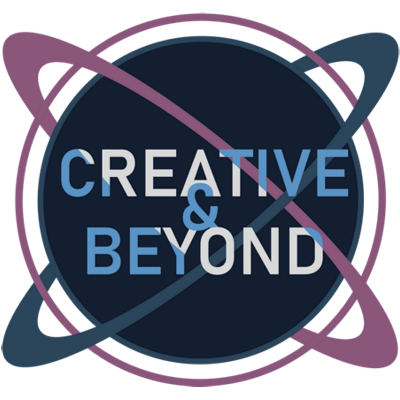tension & balance
You’ve probably heard the term "creative tension" before, but what does it really mean? In an article 1 on the subject, Cath Duncan, noting many authors, describes creative tension in these words:
“Creative tension is essentially a structure that helps to facilitate creativity and change”
and
“Creative tension is based on an understanding of how our minds control the management of our attention, energy, and creativity, and then using that understanding to create a structure that creates an energy that seeks to be resolved.”
If the second part is a little confusing (I’ll admit, it was to me), here is a simpler description of what she’s getting at: creative tension happens when there is a difference between the thing you want (vision) and where you are now (reality). The bigger the gap between those two, the greater the tension.
I think it’s a great working example, but I’d simplify it further: creative tension builds when you embrace the challenge of creativity, when you do something different from the norm. The more different your creative undertaking, the more tension exists.
The phrase “go against the flow” describes it well: think of a fish not only swimming against the movement of water, but also against all the other fish who are following the water’s course. That little guy (or girl, I can never tell with fish) is bound to get bumped up and knocked around by all the other fish. This is how tension can feel and it’s a big reason why many choose to forgo creative living and instead just move with the pulls of tide and crowd.
Don’t get me wrong, tension is not a bad thing, nor is conformity wrong in itself, but it can lead to some terrible stuff (Holocaust, anyone?). Tension is necessary: it’s what holds up bridges, allows us to make music on pianos, guitars and drums, and even permits athletes to pull off some remarkable feats. Tension also exists on an atomic and molecular level in the form of potential energy (potential, that’s another source of tension: when you aren’t yet what you could be). Tension is all around us and it’s not just necessary, it’s useful. If tension is so important, why do we resist it?
Tension is itself resistance and the more there is, the harder it becomes to maintain. This is why we need balance—an ability to hold two different things in tension. Balance is healthy. After all, why do we call people with psychological problems unbalanced?
There is a balance between the left and right sides of our brain, between our rational, logical, structured side and our irrational, emotional, creative side. Both are important and necessary, they work with and in contrast to one another. As with anything in balance, there is a constant state of push and pull.
Let me be frank (no, silly, it’s not my name), we can’t go hog-wild with creativity, because if we did, our lives would quickly devolve into a chaotic mess. If you did everything creatively, you would not only be mentally exhausted from constantly having to invent new methods, you’d also be a total weirdo. Much of our lives involve doing very regular things and I think that's alright. It’s better to eat your food like a normal person and not by shoveling it down the hatch via keyboard while hanging upside-down wearing a canary suit.
Yes, even the most creative person must use some level of restraint; like it or not, they need some normalcy in their life. But we must not neglect creativity (let it never be so), in which case we live bland, unfulfilled lives rife with growing problems because we are incapable of discovering new solutions.
We must strike a balance, we must discover a healthy level of creative living. This will look different for every person. The tendency is to take the path of least resistance, to be unbalanced in favor of normative living (the safer way) and it’s high time we tip the scales back.
Creatively yours,
A.P. Lambert
Hey Creatives, how do you deal with creative tension? Let us know in the comments below.
1 http://www.productiveflourishing.com/a-users-guide-to-creative-tension/

